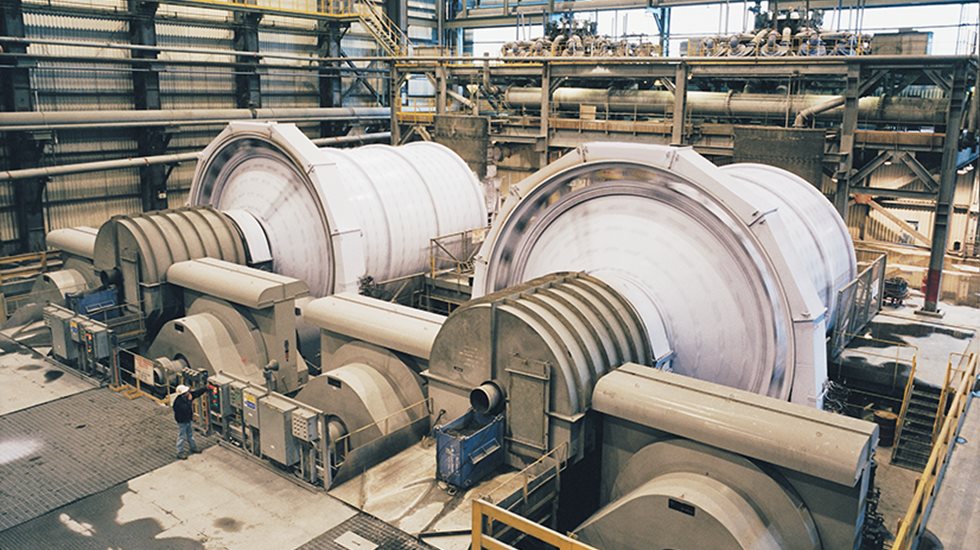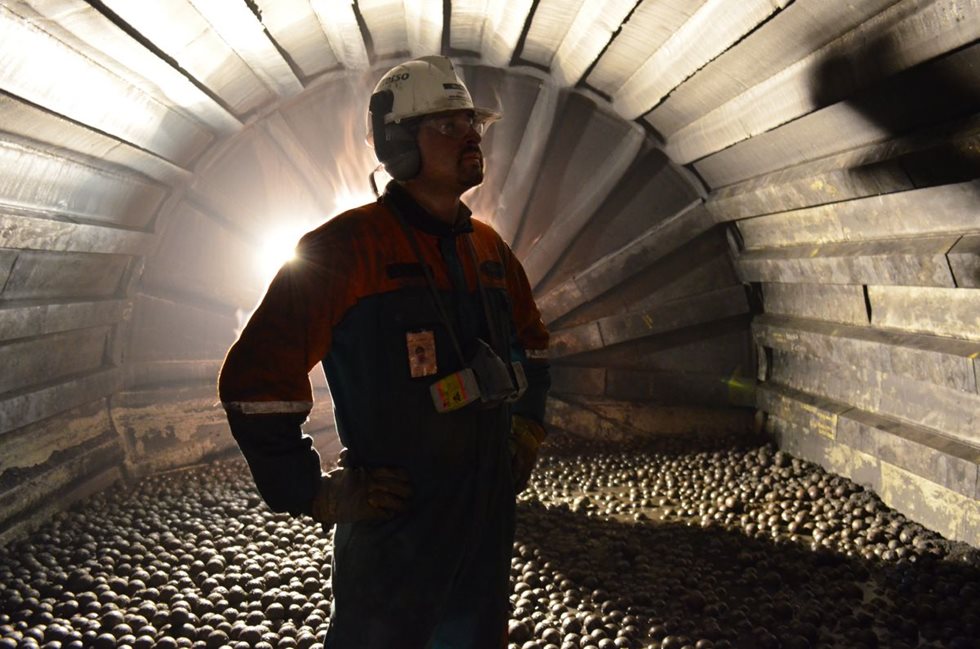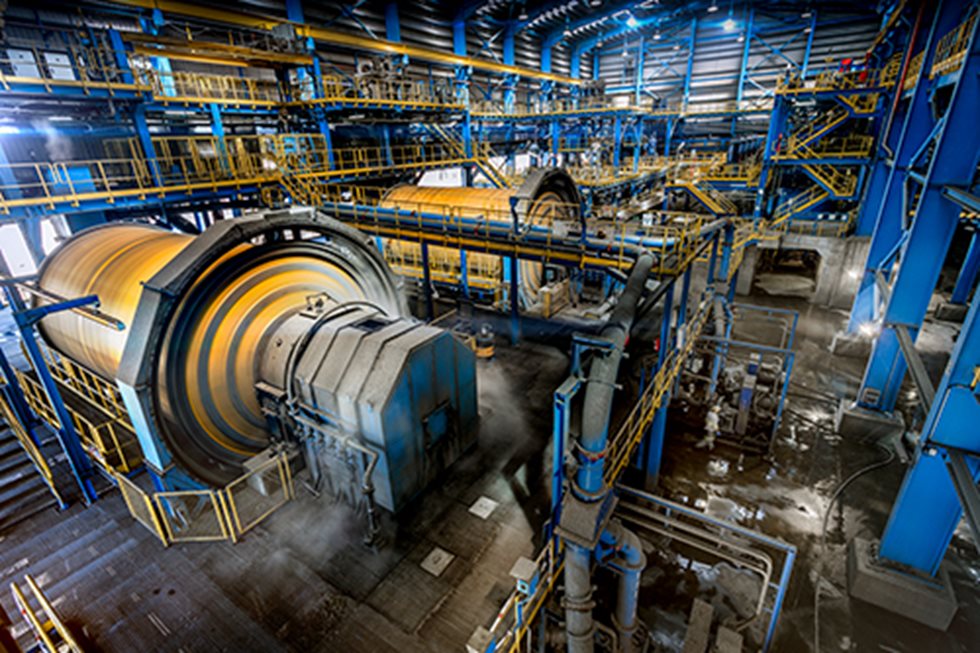Conversion costs
The potential benefits of converting an overflow mill to a grate discharge will frequently far outweigh the downsides. In operations needing improved grinding circuit performance, the ability to fully utilise the available installed ball mill power will enable higher throughput, a finer grind, or a combination of the two, which will lead in turn to increased production and a corresponding increase in revenue. However, the practical considerations and costs of converting an overflow mill are important factors to consider and a cost-benefit analysis should always be conducted before proceeding.
Costs associated with converting a mill from overflow to grate include the design and retrofitting of the grate discharge arrangement, including pulp lifters. Additionally, the ongoing operating costs associated with replacement of worn grates and pulp lifters, and the corresponding downtime, are part of the analysis.
In some operations, grate discharge mills can lead to unscheduled downtime due to grate failure, blockage of grates due to sticky ores or poor design, and increased ball consumption due to high wear rates of grate apertures causing loss of media from the mill. In addition, not all mills are suitable for conversion.
Finally, a correctly designed pulp lifter with sufficient discharge capacity is very important, to ensure no increased costs due to high wear as a result of flowback, or lost benefits due to slurry holdup and pooling inside the mill.
Determining the best option
The potential to make full use of the available power in a ball mill through conversion from overflow to grate discharge often results in the mill being able to process more tonnes per hour or achieve a more suitable product size to increase the overall production, and hence revenue, from an operation. The benefits need to be carefully weighed against the costs associated with implementation, wear parts and potential additional downtime, as well as considering the practical viability of implementing the change in a particular mill.
A reliable mill lining supplier will always consider these factors when offering the best solution for conversion of a ball mill from an overflow to a grate discharge. For suitable mills, Metso Outotec is able to provide modelling of the mill before and after conversion to quantify the process benefits of the conversion, and then design the best discharge arrangement to meet the requirements and ensure no operational issues.




